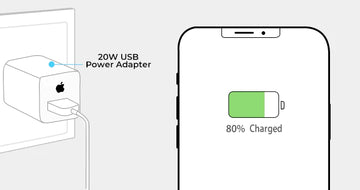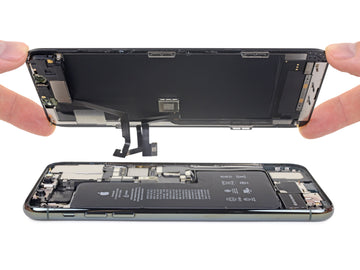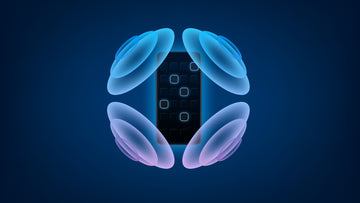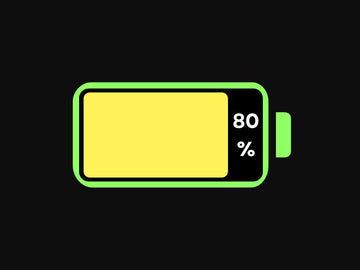Apple's devices have long been celebrated for their elegant design and premium performance, but when it comes to charging speed, they don't necessarily lead the pack. In contrast to many Android phones that support ultra-fast charging, Apple's iPhones tend to have more conservative charging rates. But this doesn't occur by accident or due to technical limitations – it's a conscious decision made by Apple to ensure the longevity of your device's battery.
Fast Charging and Its Trade-Offs
To understand why Apple opts for a slower charging speed, let's first delve into the world of fast charging. At a glance, the benefits of fast charging are clear – it allows you to rapidly juice up your device, minimizing downtime. It's an especially valuable feature for people on the go who have limited time to charge their phones.
However, fast charging is not without its downsides. It primarily involves pushing a higher current through the battery, generating more heat. Excessive heat can degrade the battery's performance over time, diminishing its capacity. That means your phone won't hold a charge as long as it did when it was new. Hence, while fast charging may provide a short-term convenience, it could lead to long-term drawbacks.
Apple’s Approach to Charging: A Focus on Battery Health
Apple's philosophy towards charging aligns with their broader commitment to creating sustainable, long-lasting devices. Apple designs its devices, including iPhones, to last. And key to this longevity is the health of the device's battery.
Slower charging generates less heat, reducing the stress on the battery and helping to maintain its capacity over a longer period. That’s why Apple tends to focus more on preserving the battery's lifespan, even if it means the charging process might take a bit longer.
With the iOS 13 update, Apple introduced a new feature called 'Optimized Battery Charging.' This feature is designed to slow the rate of battery aging by reducing the time your iPhone spends fully charged. It learns from your daily charging routine and waits to finish charging past 80% until just before you need to use it.
Why Slower Charging Can Be Better
While it might be tempting to wish for a lightning-fast charge, slower charging can have significant benefits for your device's health and longevity. Battery degradation is a common issue in modern smartphones, and one of the major contributing factors is the heat generated by fast charging.
By opting for a more measured approach to charging, Apple ensures that the battery in your iPhone doesn't get overworked. This careful management of the charging process helps maintain battery health over time, so your iPhone stays "iPhone" for longer.
That's not to say Apple is ignoring the call for faster charging entirely. They have been making strides in this area, with their latest iPhones supporting faster charging speeds than previous models, albeit not as fast as some high-end Android phones. The company is clearly trying to strike a careful balance between speed and longevity, always with an eye on the overall user experience.
In conclusion, while fast charging can be convenient, slower charging often ensures better battery health in the long term. It's all about balance – between the need for speed and the desire for a device that stands the test of time. And as always, Apple seems to be more concerned with the marathon than the sprint, ensuring that your device offers consistent, reliable performance for years to come.





